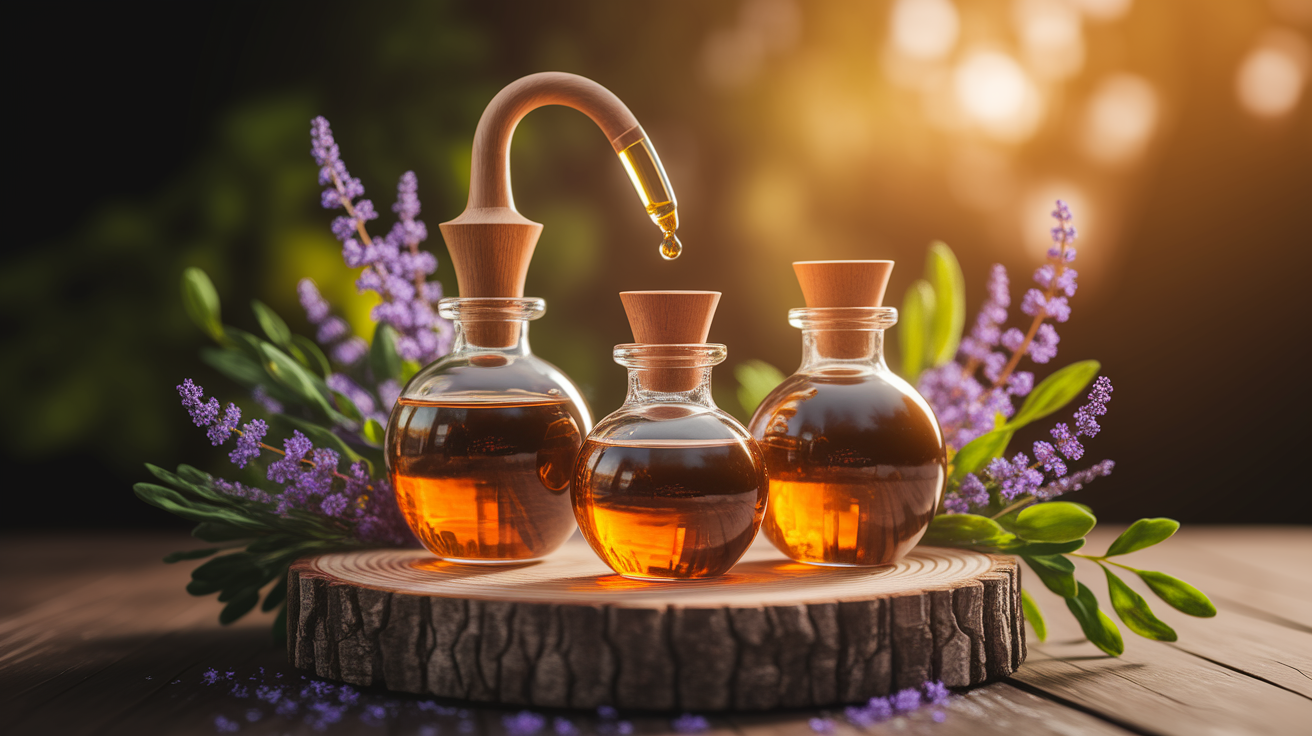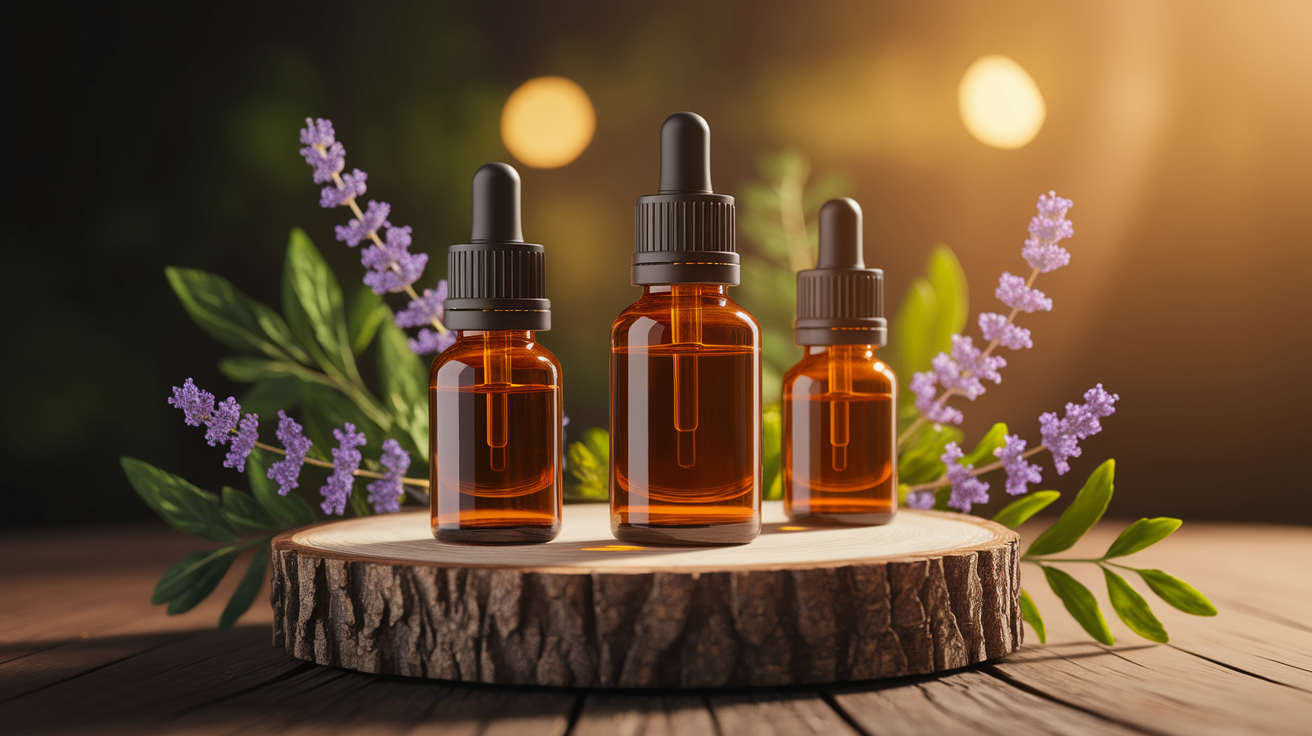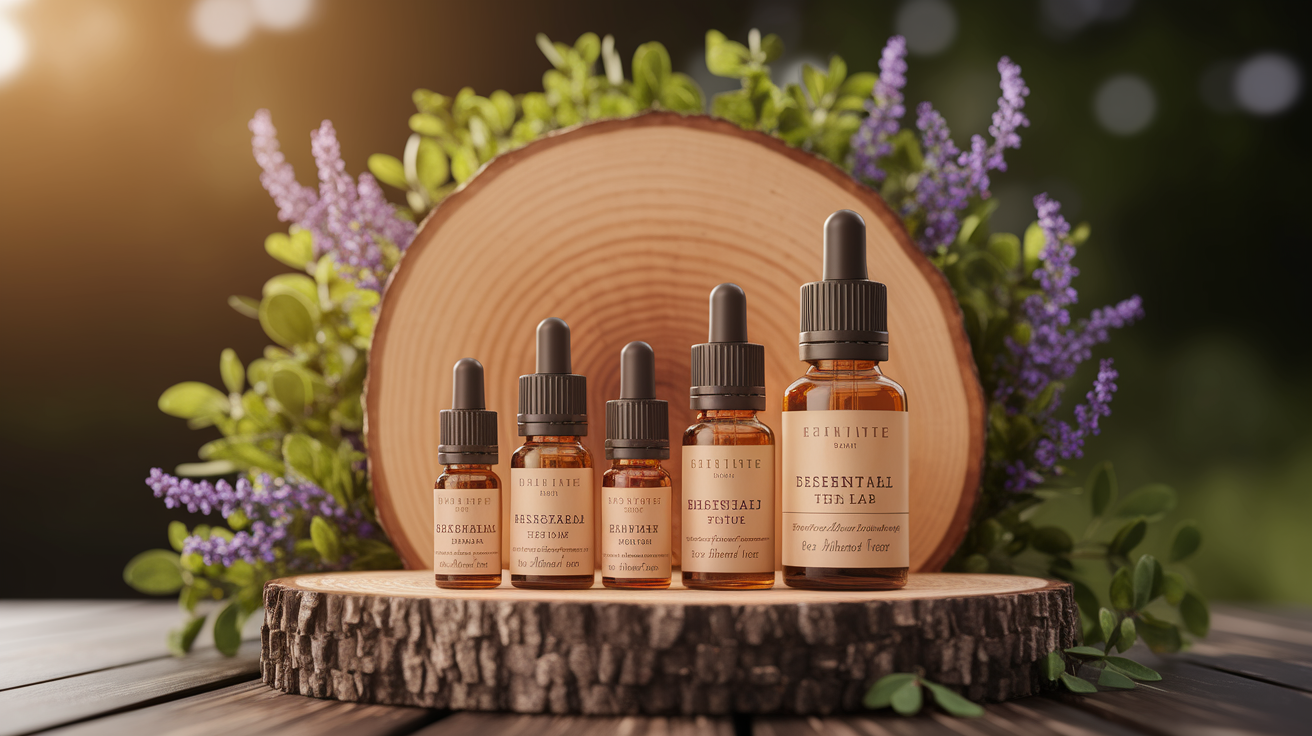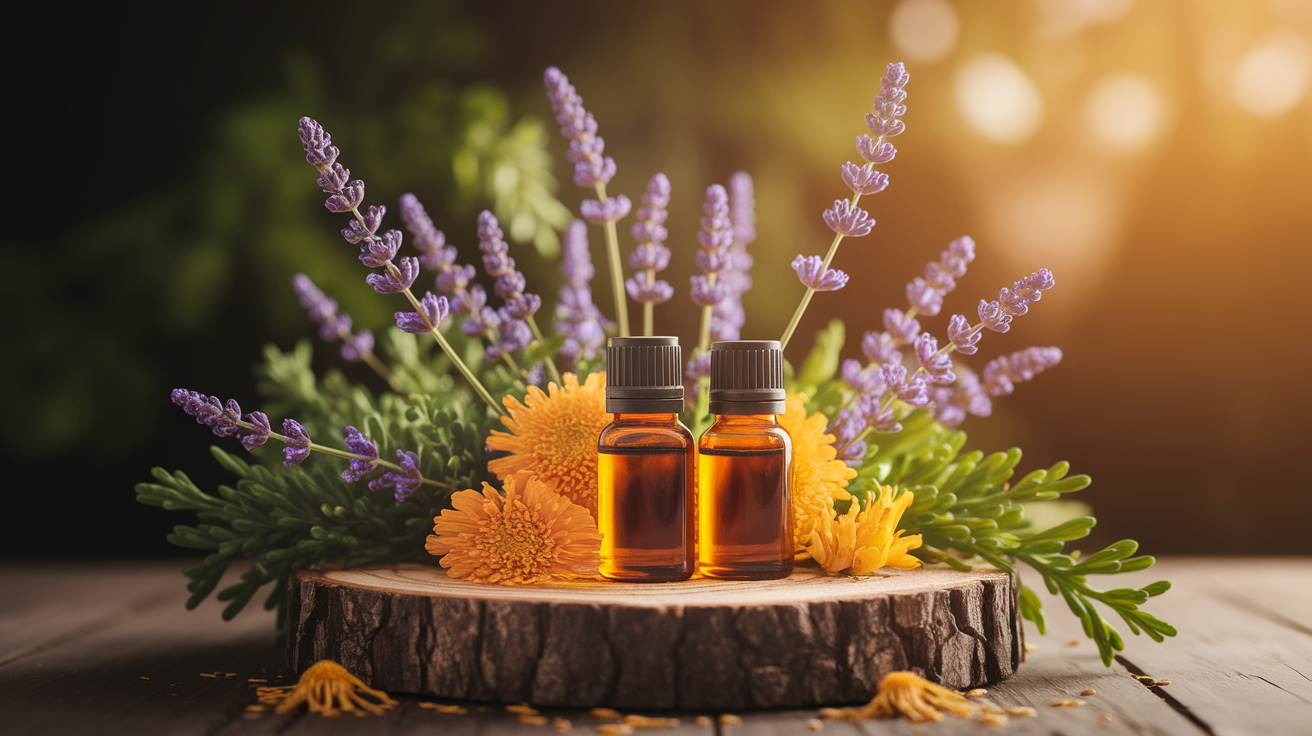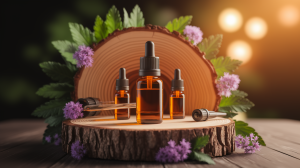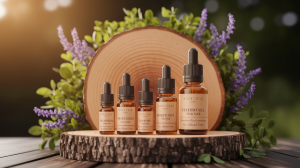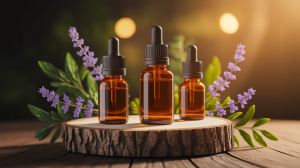Aromatic Beginnings: Getting Started with Home Distillation
There’s something magical about turning fresh, fragrant plant material into drops of concentrated aroma. The first time I watched steam curl up from a pot and carry the scent of lavender into a condenser, I couldn’t believe such an ancient technique could work so well in a modern kitchen. Small-batch distillation is perfect when you’re working with hand-picked herbs, blossoms from your own garden, or a bundle of aromatic plants from the local market. It’s more than a skill—it’s almost like coaxing nature to tell you its secrets one waft of steam at a time.
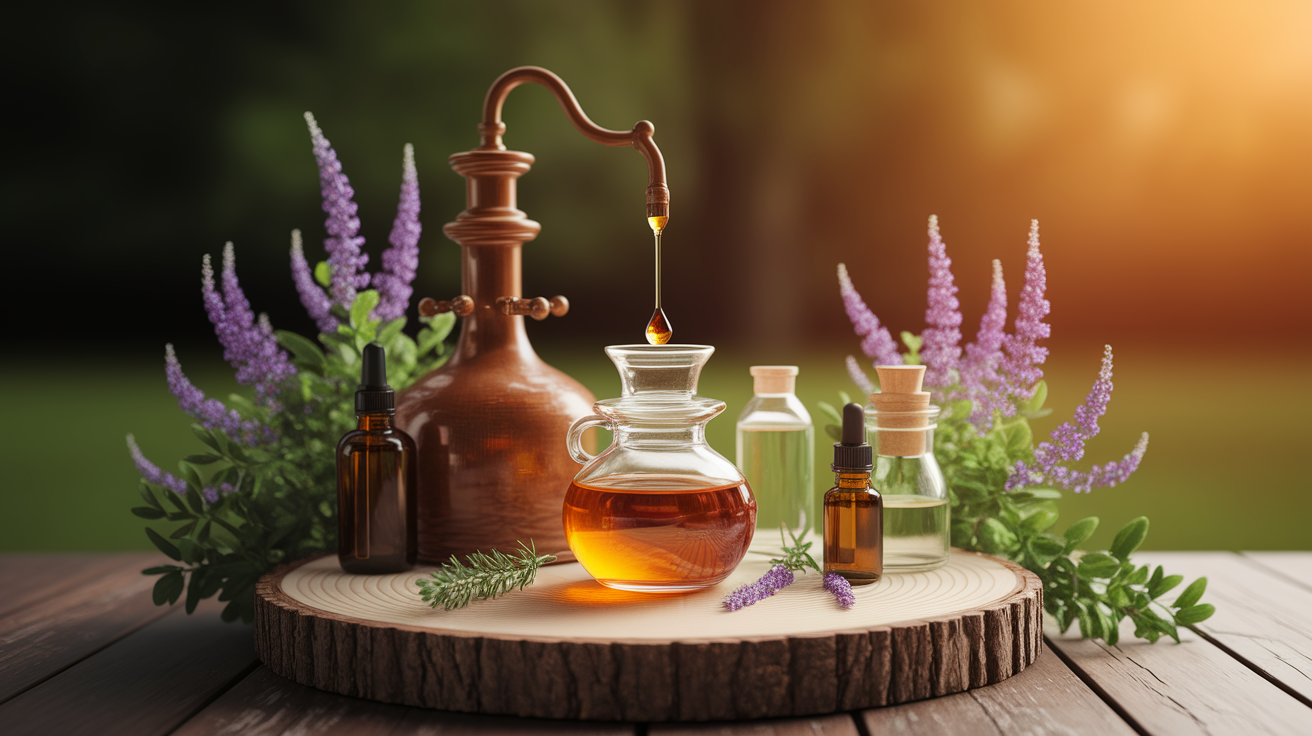
This process doesn’t demand industrial gears or sprawling fields—just the right ingredients, some patience, and an understanding of how methods like steam distillation turn leaves and flowers into therapeutic oils. Whether you’re curious about making homemade aromatherapy blends or experimenting with artisan oil production, it’s all about crafting something real, pure, and personal.
Essential Equipment and Ingredients for Your Home Lab
Before any fragrant adventures begin, you need your tools ready. The heart of your home lab can be a proper distillation apparatus—such as a copper still—or a simpler DIY setup using everyday cookware. You’ll want a boiler flask or pot for heating water and plant material, a condenser to cool and capture the steam, and a separation funnel to divide oil from water after condensation. If buying a complete distillation kit isn’t in the cards, improvising with a large pot, heatproof bowl, and ice packs still gets you in the game.
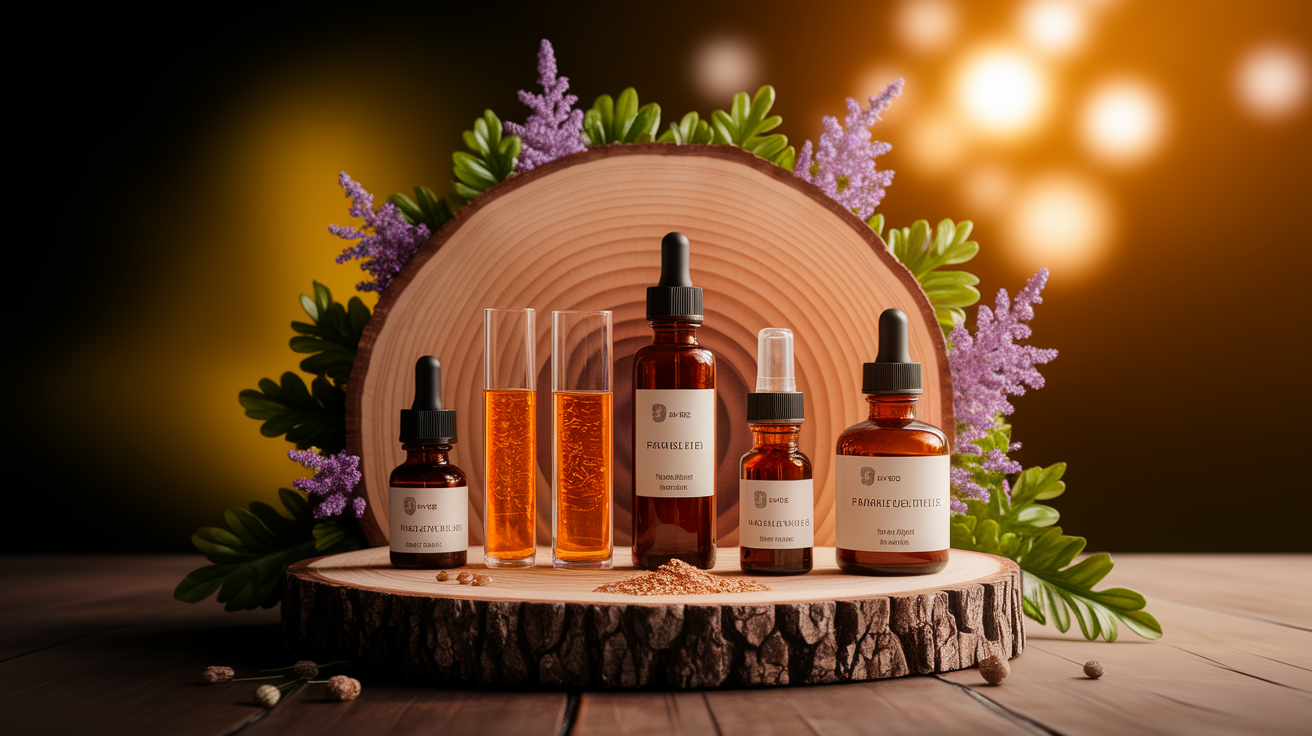
Then comes your plant material. Fresh herbs often yield brighter aromas, while dried plants can concentrate volatile oils. Lavender, peppermint, eucalyptus—these are classic choices for beginners. You’ll also need clean water, preferably distilled, to keep impurities out of your final extract.
Methods Simplified: Choosing Your Distillation Technique
There are two main techniques that fit nicely into home setups: steam distillation and hydro-distillation. Steam distillation sends hot vapor through your botanical materials, carrying those volatile oils into your condenser as droplets. Hydro-distillation is even simpler: plant material boils directly in water, and the steam rising from it heads into cooling and separation. There’s also expression, best for citrus peels, but it’s more of a pressing than a steaming.
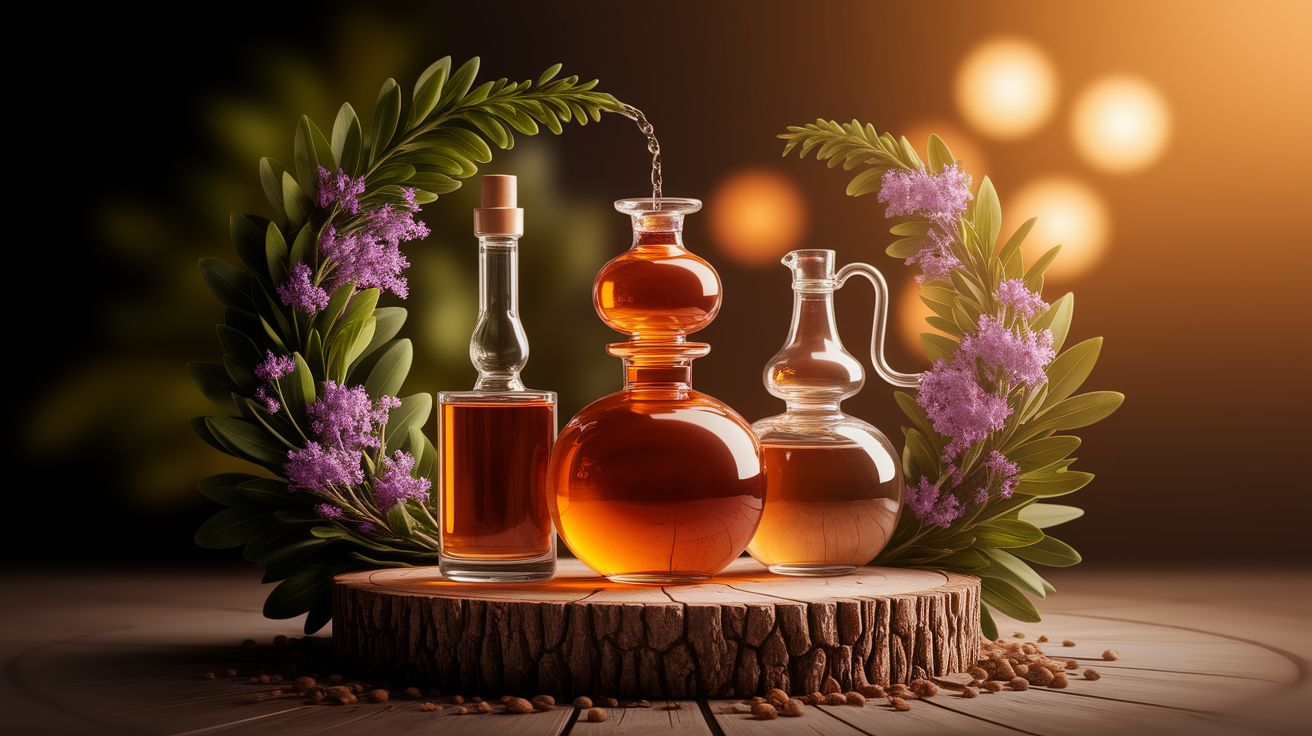
Choosing comes down to what plants you’re distilling and the gear you have. Delicate blossoms often prefer steam distillation’s gentler heat, while heartier roots or woody materials handle boiling water without losing character.
Step-by-Step Small-Batch Distillation Process
- Prepare your plant material—remove excess stems, rinse gently, and chop to expose more surface area.
- Set up your distillation kit: add water to your boiler flask or pot, place plant material either directly (for hydro-distillation) or above water on a rack (for steam distillation).
- Begin heating slowly. Control distillation temperature to avoid “cooking” the plants too aggressively.
- As steam rises, the condenser cools it into a liquid mixture of essential oil and hydrosol.
- Use a separation funnel to draw off your oil layer from the water beneath.
- Filter if desired to remove any small plant matter, then bottle in dark glass containers.
This is where patience pays off—the oil yield in small batches can be modest, but each drop carries intense aroma and therapeutic potential.
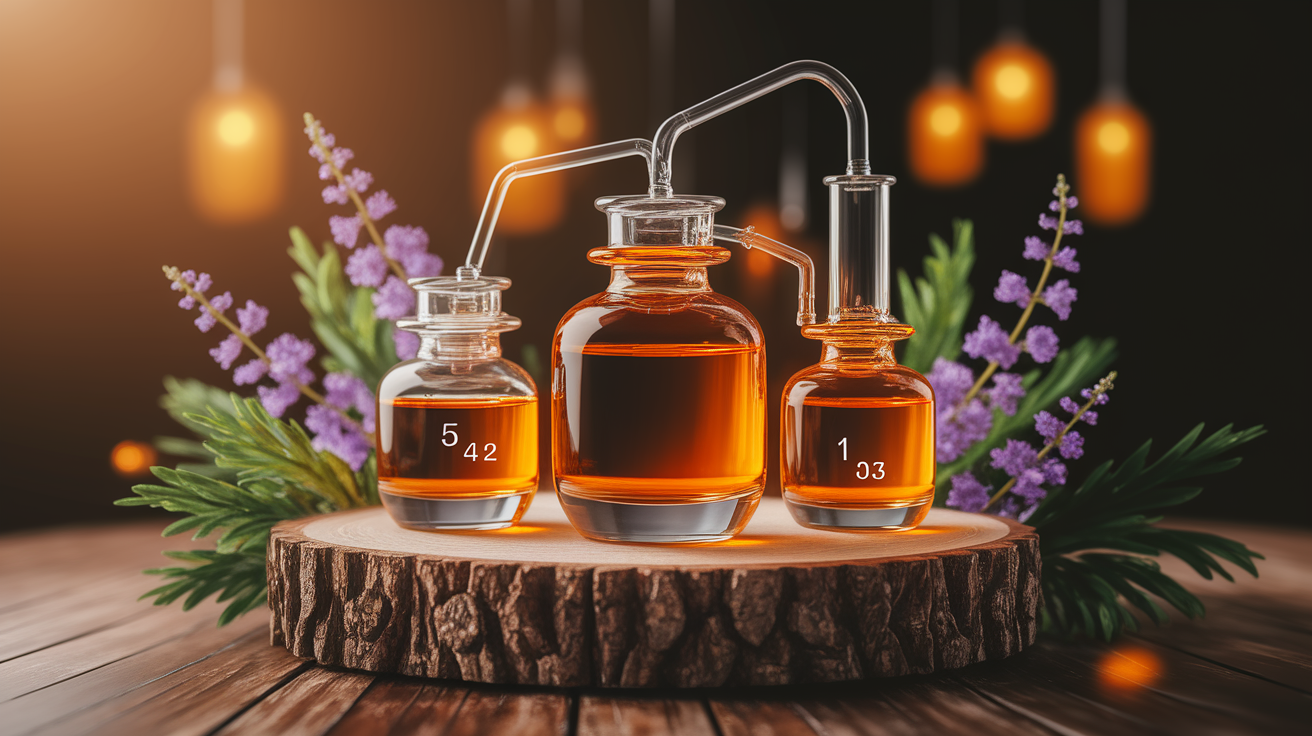
Maximizing Yield and Purity: Expert Tips
To get every possible drop from your plant material, make sure it’s fresh and aromatic. The plant-to-oil ratio varies, but using more material per batch often wins. Control your distillation time duration—too short and you’ll miss some volatile oils, too long and the scent can flatten. Keep an eye on condenser temperature for clean separation of oils from hydrosol. And don’t discard hydrosol byproducts—they’re wonderful for skin toners and linen sprays.
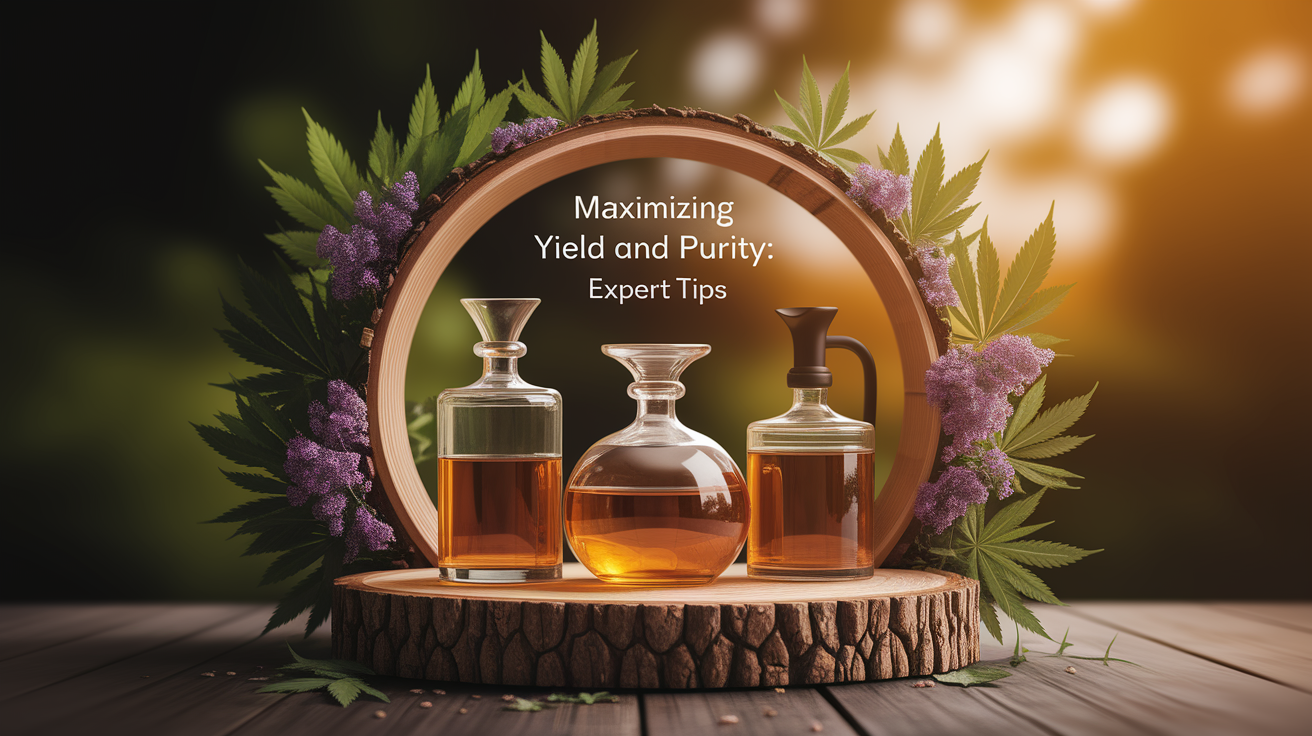
For the purest product, start with high-quality herbs from trusted sources. According to sustainable distillation practices, sourcing locally grown plants adds freshness and supports community growers.
Safety First: Precautions for Home Distillers
Boiling water, pressurized steam, and glass equipment make this a process that demands attention. Work in a well-ventilated area to avoid overpowering aromas. Handle hot equipment with care—heatproof gloves and a stable, level workspace are essentials. Never leave a distillation running unattended; sudden changes in temperature can cause breakage or spills. If using a copper still or complex apparatus, follow manufacturer instructions closely and check for leaks before starting.
For beginners, starting small and building skill over time makes the entire craft safer and more rewarding.
Storing Your Precious Extracts
Once you’ve got your oil, storage is the key to keeping it vibrant. Use dark amber or cobalt glass bottles to protect from light, and keep them tightly sealed. Store in a cool, dry spot—heat and sunlight will make those aromas fade. Label each bottle with its distillation date and plant source so you can track freshness over time.
Hydrosols, being water-based, should be refrigerated to extend their shelf life. With proper care, your homemade essential oils can remain potent for many months.
Fragrant Finish: Embracing Your DIY Aromas
There’s a unique kind of satisfaction in opening a bottle and recognizing the exact scent of the flowers you picked that morning. It’s aroma with a backstory—one that involves steam curling through petals, patient hours by the stove, and that moment when the first drop separates into pure, glistening oil. Whether you turn it into blends for friends, experiment with homemade aromatherapy products, or simply enjoy the scent yourself, small-batch essential oil distillation is an unforgettable way to bring nature indoors—bottle by bottle.

